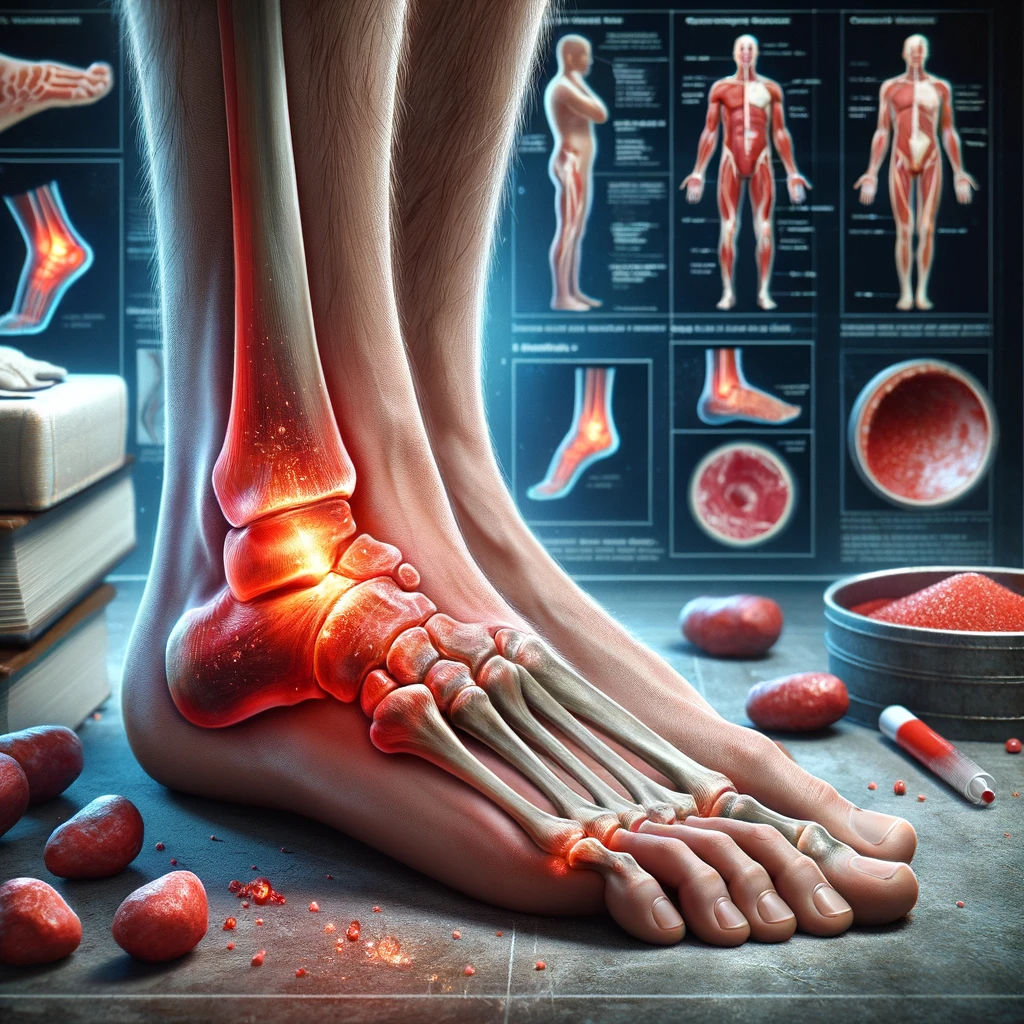Understanding Gout
-
Blog
-
Add to favorites
-
Join our community in exploring insightful stories, tips, and experiences that inspire and inform. The iMedix Blog is your go-to destination for connecting with others and enriching your health knowledge.
-
Questions:372
-

Gout is characterized by a severe and sudden pain in the joints. This often affects the joint at the base of the big toe. It's a very complex form of arthritis and can affect any person, but men are more likely to get gout than women. The attack can occur suddenly and a person is having a feeling of his or her toe on fire. The affected joint is usually tender, swollen, and painful so that any small weight will feel like a torture.
Signs and symptoms of gout
As a rule, the signs and symptoms appear suddenly without any warning, which often occurs at night. Some of the symptoms include:
Joint pains: The main symptom is an intense joint pain. The pain is felt on the affected joint which can be the toe, knee, ankle etc.
Lingering discomfort: There is discomfort in the affected joint even after the pain has gone away. The attacks and discomfort can easily spread to other joints as well.
Inflammation and redness: The affected joints become swollen and tender, and develop a reddish-like appearance.
Decreased joint mobility: The joint mobility reduces as gout progresses.
When the above symptoms are experienced, it is always important to see the doctor before they become worse.
Causes of gout
Gout normally occurs when the urate crystals develop in the joints. The urate crystals normally form when there is a large amount of uric acid in the blood. When the body produces too much uric acid or the kidney does not excrete uric acid properly, it accumulates in the blood, which results in urate crystals formation in the joints.
What are the risk factors?
People who have a high level of uric acid in the body are more likely to develop gout. Factors that increase the uric acid levels include:
Obesity: People who are seriously overweight are more likely to develop gout.
Family history: Those who have close relatives suffering from gout stand higher chances to develop the disease.
Age: Elderly people tend to suffer from gout more often.
Diet: Consuming much meat and sweetened beverages can lead to increased production of uric acid.
Diagnosis
The tests that can be ordered by a doctor to find out if the patient suffers from gout include:
– X-ray imaging.
– Ultrasound.
– Blood test
– Joint fluid test.
– CT scan.
Prevention
Understandably, the preventive measures are aimed at reducing the uric acid levels in the blood. First of all, people liable to gout are advised to limit the amount of meat they consume and, instead, eat more vegetables and fruits. Alcohol is known to contribute to gout, so its intake should be reduced to a minimum.
Drinking a lot of fluids is a great preventive measure. Aside from gout, it also helps prevent kidney stones, another common condition caused be high levels of uric acid in the blood.
Please login or register to post a comment